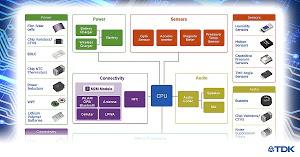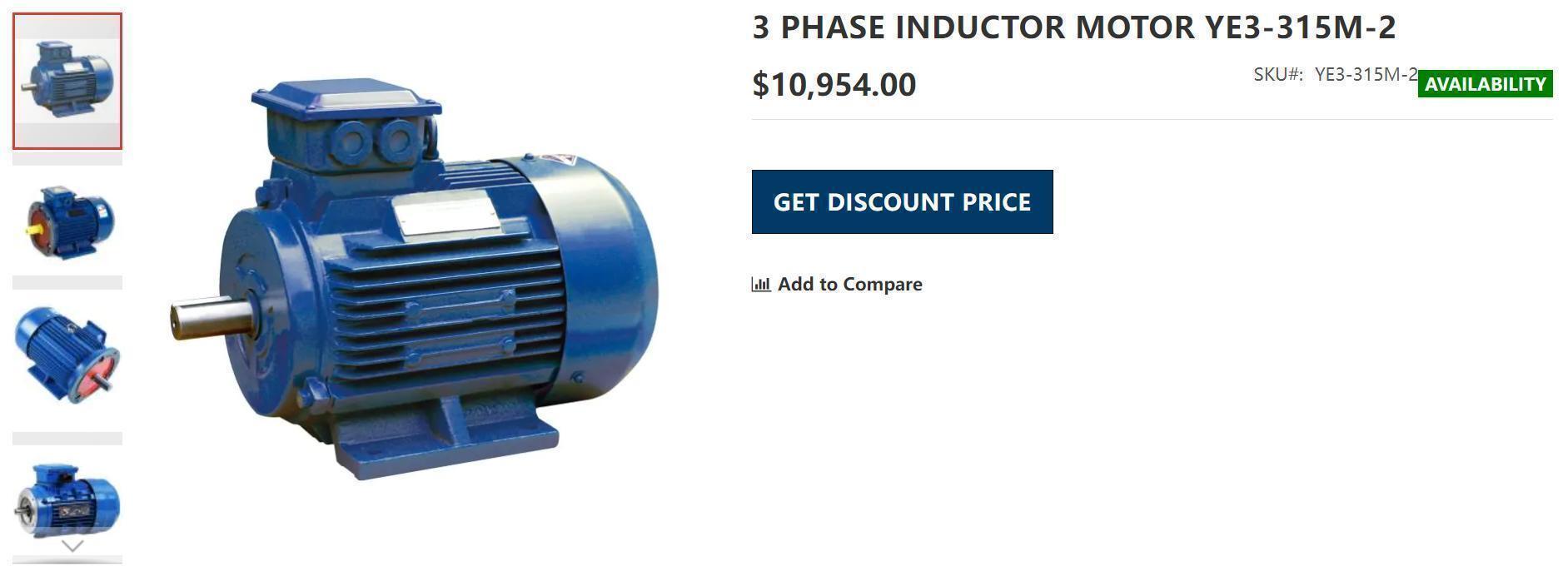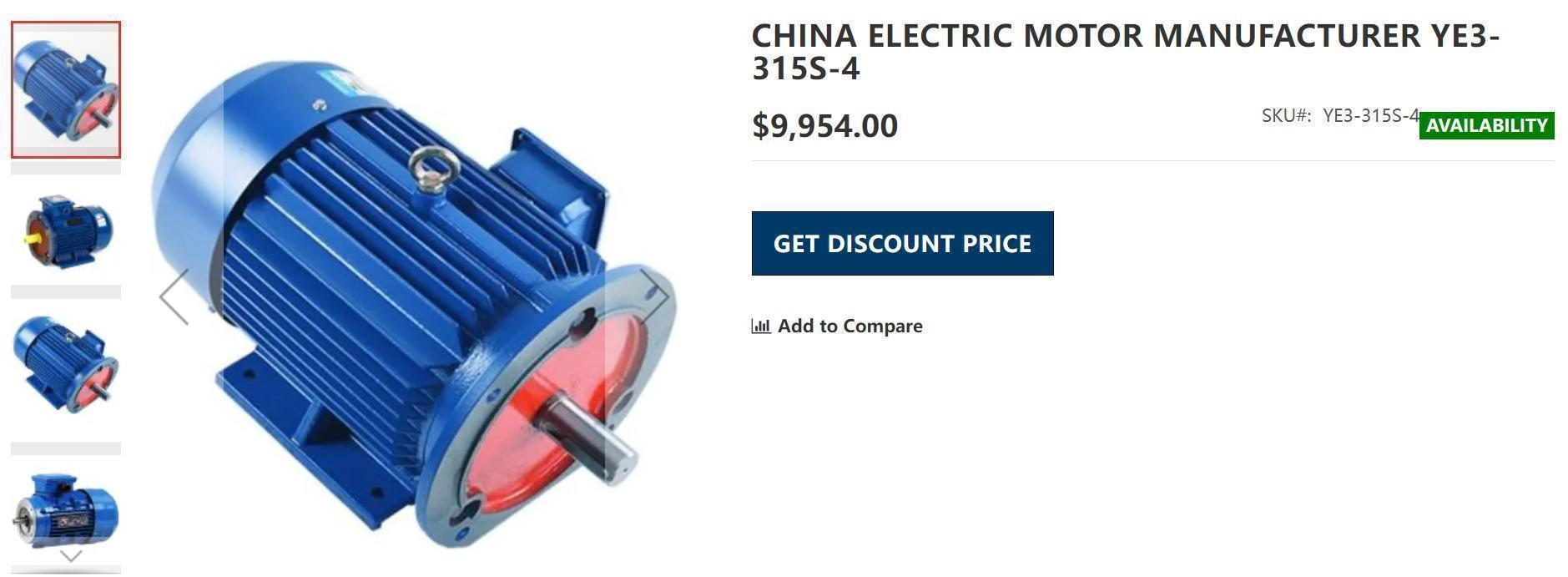Overall, electrical supply systems are the network through which consumers of electricity receive power from a generation source (such as a thermal power station). Power transmission systems – including short transmission lines, medium transmission lines, and long transmission lines – transport the power from the generation source and into a power distribution system. These distribution systems provide electricity to individual consumer premises.

AC vs DC Transmission
Fundamentally there are two systems by which electrical energy can be transmitted:
High voltage DC electrical transmission system.
High AC electrical transmission system.
There are some advantages to using DC transmission systems:
Only two conductors are required for DC transmission system. It is further possible to use only one conductor of DC transmission system if the earth is utilized as the return path of the system.
The potential stress on the insulator of the DC transmission system is about 70% of the equivalent voltage AC transmission system. Hence, DC transmission systems have reduced insulation costs.
Inductance, capacitance, phase displacement and surge problems can be eliminated in DC system.
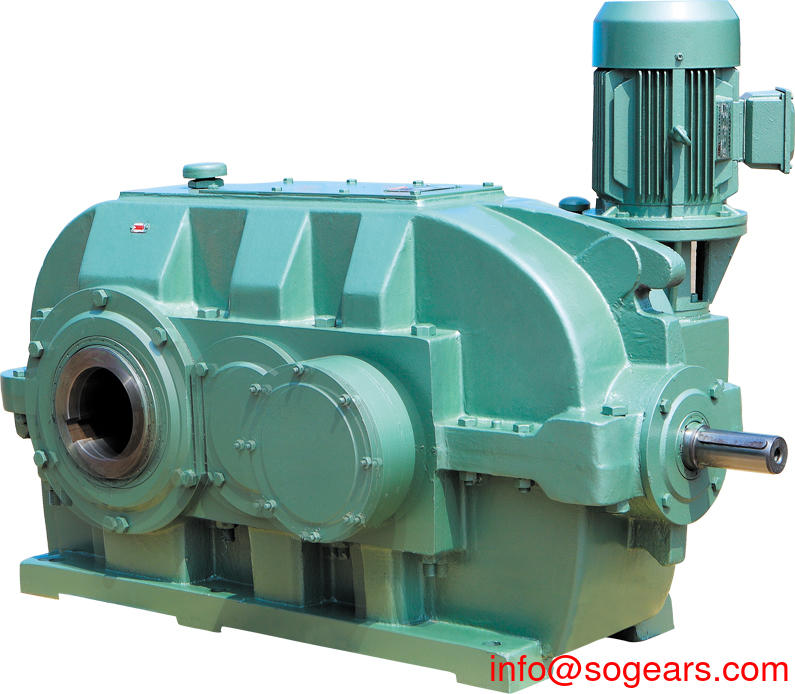
Even having these advantages in a DC system, generally, electrical energy is transmitted by a three-phase AC transmission system. The advantages of an AC transmission system include:
The alternating voltages can easily be stepped up and down, which is not possible in DC transmission system.
Maintenance of AC substation is quite easy and economical compared to DC.
The transforming of power in AC electrical substation is much easier than motor-generator sets in a DC system.
But AC transmission system also has some disadvantages, including:
The volume of conductor required in AC systems is much higher when compared to DC systems.
The reactance of the line affects the voltage regulation of the electrical power transmission system.
Problems of skin effects and proximity effects only found in AC systems.
AC transmission systems are more likely to be affected by corona discharge than a DC transmission system.
Construction of AC electrical power transmission network is more completed than DC systems.
Proper synchronizing is required before interconnecting two or more transmission lines together, synchronizing can totally be omitted in DC transmission system.
Constructing a Generating Station
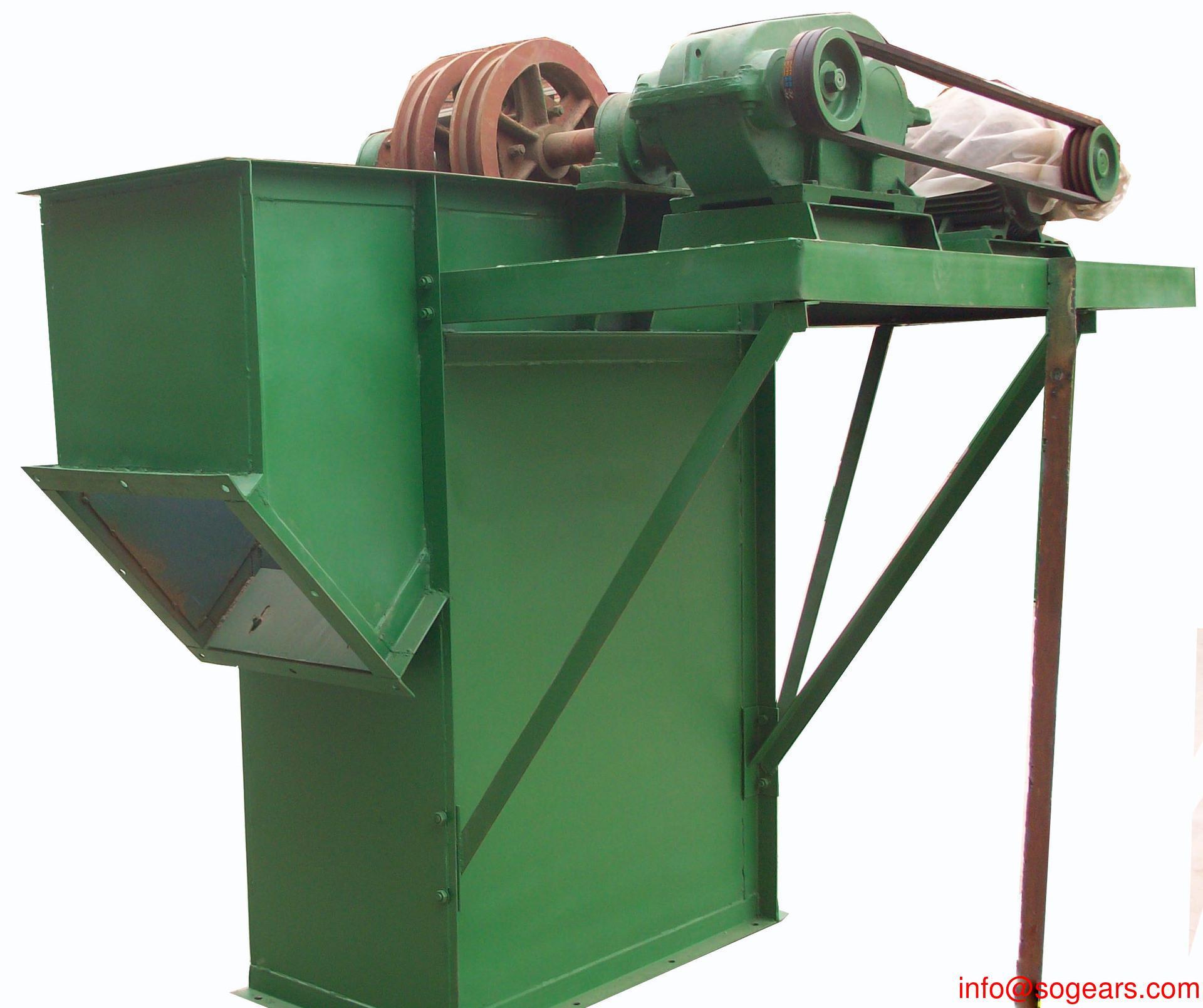
During the planning of construction of generating station the following factors to be considered for economical generation of electrical power.
Easy availability of water for thermal power generating station.
Easy availability of land for construction of power station including its staff township.
For a hydropower station, there must be a dam on the river. So proper place on the river must be chosen in such a way that the construction of the dam can be done in the most optimum way.
For a thermal power station, easy availability of fuel is one of the most important factors to be considered.
Better communication for goods as well as employees of the power station also to be kept into consideration.
For transporting very large spare parts of turbines, alternators, etc., there must be wide roadways, train communication, and the deep and wide river must pass away nearby the power station.
For a nuclear power plant, it must be situated in such a distance from a common location so that there may be any effect from the nuclear reaction the heath of common people.
There are many other factors also we should consider, but there are beyond the scope of our discussion. All the factors listed above are difficult to be available at load centers. The power station or generating station must be situated where all the facilities are easily available. This place may not be necessary at the load centers. The power generated at the generating station then transmitted to the load center using an electrical power transmission system as we said earlier.
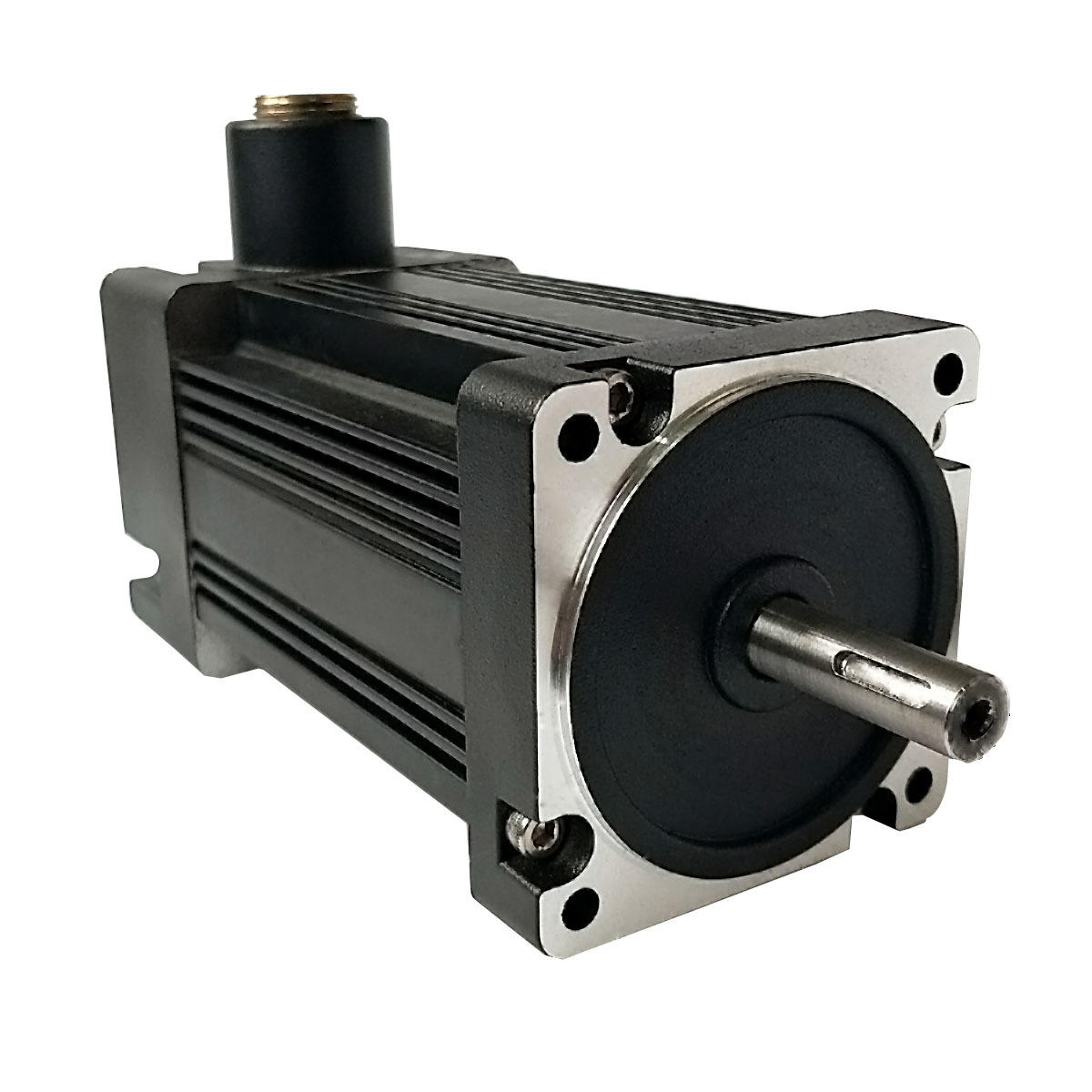
transmission system and network
The power generated at a generating station is at a low voltage level, as low voltage power generation has some economic value. Low voltage power generation is more economical (i.e. lower cost) than high voltage power generation. At a low voltage level, both weight and insulation are less in the alternator; this directly reduces the cost and size of an alternator. But this low voltage level power cannot be transmitted directly to the consumer end because this low voltage power transmission is not at all economical. Hence although low voltage power generation is economical, low voltage electrical power transmission is not economical.
Electrical power is directly proportional to the product of electrical current and voltage of the system. So for transmitting certain electrical power from one place to another, if the voltage of the power is increased then associated current of this power reduces. Reduced current means less I2R loss in the system, less cross-sectional area of the conductor means less capital involvement and decreased current causes improvement in voltage regulation of power transmission system and improved voltage regulation indicates quality power. Because of these three reasons electrical power mainly transmitted at high voltage level.
Again at distribution end for efficient distribution of the transmitted power, it is stepped down to it’s desired low voltage level.
So it can be concluded that first the electrical power is generated at a low voltage level then it stepped up to high voltage for efficient transmission of electrical energy. Lastly, for the distribution of electrical energy or power to different consumers, it is stepped down to the desired low voltage level.
Along with the diversification of project construction technology,the conventional evaluation model of power transmission project cost based on unit cost cannot meet the requirements of accuracy,comparability and so on,and it is lacking of instructive and practical operation ability in actual engineering cost management. In order to further improve the breadth and accuracy of the project cost index system,in consideration of the project's characteristic factors,this paper established a three-level evaluation index system for power transmission project with using principal component analysis( PSA) and support vector machine( SVM) method,based on collecting processing the sample data of power transmission project,and digging the key influencing factors of project cost. Then,the index evaluation model that could reflect the general rules of power transmission project cost was established,and the safety zone of each indicator was calculated. The sample test results show that the index evaluation system can control the evaluation error within 10%,which can provide more reliable reference
With the planning and construction of long-distance and ultra high voltage transmission project, the impacts on environment and human health result from frequency electromagnetic fields, have received more and more attention. In this paper the present laws and regulations about frequency electromagnetic fields in China are summarized, then the deficiency and defects, such as legislative gaps, lower level of legislation, lack of national standards and weak operability of the present laws and regulations are pointed out. Therefore, suggestions on improving laws and regulations about frequency electromagnetic fields are given, including building special legislation, the perfection of national standards, enrichment of law content, enhancement of the operability. Moreover, the system of public participation should be built to eliminate public concerns.
Quality of power transmission and transformation project is important to the development of national economy and people's life. The construction quality guarantee is much more difficult with the project becoming more and more complex. So this paper tries to form a perfect construction quality guarantee system. It mainly contains the construction quality objectives, the plan of construction quality, the thought guarantee system, the organizations guarantee system, the work guarantee system and the quality control information system.
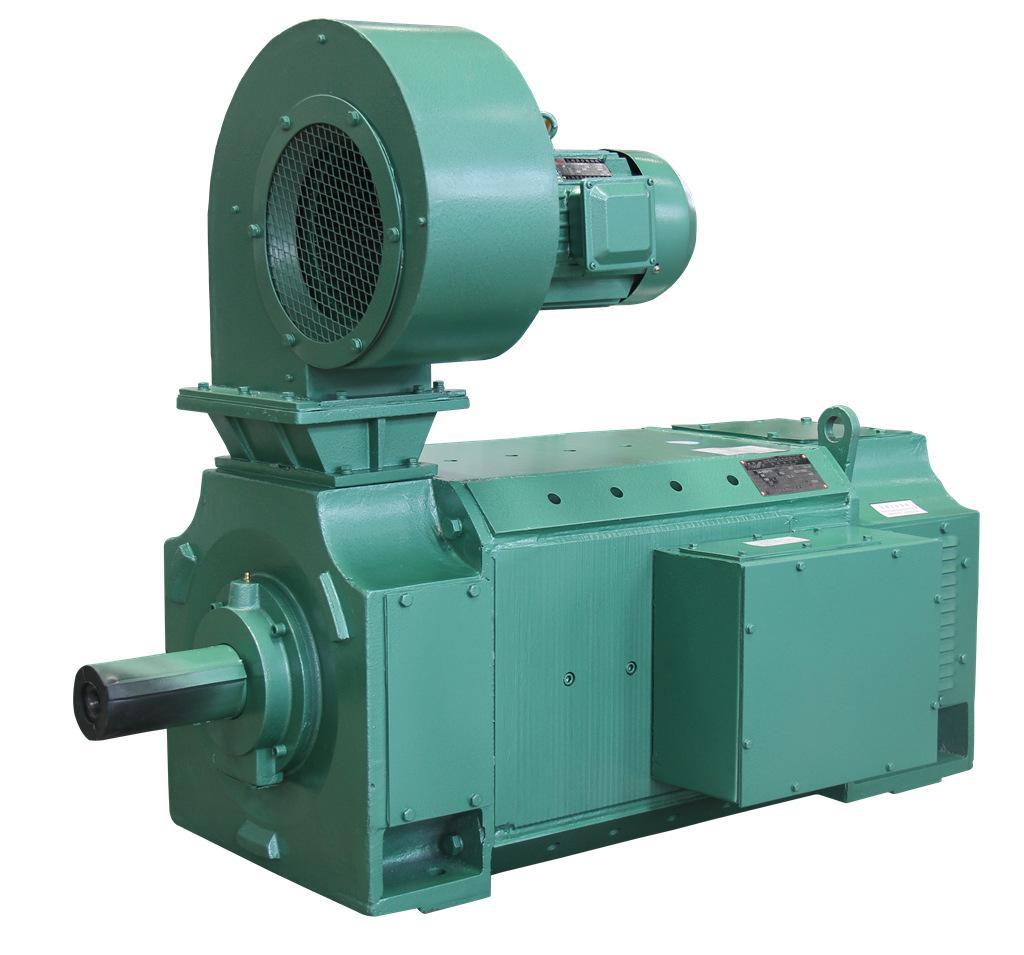
Power transmission line monitoring is a general appellation of automated monitoring and scientific management for power transmission line by advanced techniques, and itâs an important basis for achieving smart grid. Its data transmission system is divided into access network and data network, the access network consists of a variety of terminals, tower nodes and aggregation nodes, which includes on-site and remote networks. The application of flexible and reliable network would guarantee to achieve a high-speed, reliable and transparent data transfer between master station and terminals in the system. According to the data transmission requirements of transmission line condition monitoring system, this paper studies the communication network technologies for access network in the perspective of private and public networks, and after a comparative analysis of these technologies, it proposes a principle of how to select reasonable communication network technologies for different application scenarios.
Restructured electric power industry has brought to necessity of minimizing the investment costs and optimizing the maintenance costs, while improving or at least keeping the existing reliability levels. Reliability centered asset management (RCAM) aims to maximize the return on investment by optimizing the maintenance tasks. RCAM studies involve the quantification of component and subcomponent criticality that will in turn dominate the component maintenance tasks. This study presents improved component criticality analysis to determine optimal component maintenance procedure for RCAM of power transmission system using Technique for Order Preference by Similarity to Ideal Solution (TOPSIS) Method. The method is applied to Turkish National Power System RCAM studies.
This paper summarizes an education and training system for the auto-reclosing of power transmission system using a real time digital simulator. The system is developed to understand the principle of reclosing and the sequence of automatic reclosing schemes, and practice the effects of reclosing actions to power system in real-time simulator. This study is concentrated into the following two parts. One is the development of real time education and training system of automatic reclosing schemes. For this, we use the RTDS(real time digital simulator) and the actual digital protective relay. The mathematical relay model of RTDS and the actual distance relay which is equipped automatic reclosing function are also used. The other is the user friendly interface between trainee and trainer. The various interface displays are used for user handing and result display. The conditions of automatic reclosing which is a number of reclosing, reclosing dead time, reset time, and so on, can be changed by the user interface panel.
Determining the vulnerabilities in power transmission systems requires two distinct steps because most large blackouts have two distinct parts, the triggers/initiating event followed by the cascading failure. Finding the important triggers for large blackouts is the first and standard step. Next, the cascading part of the extreme event (which can be long or short) is critically dependent on the "state" of the system, how heavily the lines are loaded, how much generation margin exists, and where the generation exists relative to the load. However, during large cascading events there are some lines whose probability of overloading is higher that the others. Statistical studies of blackouts using the OPA code allow the identification of such lines or groups of line for a given network model, thereby providing a technique for identifying at risk (or critical) clusters. This paper addresses both parts of the vulnerability question.
An important reason for using computer - aided design, (CAD) of integrated in the design of MPTS is that, offers the opportunity to develop components, units and drives, constructing the MPTS. It is goal of the CAD of MPTS, not only to automated the design of these components and drive units individually, but also to automated the design of the integrated MPTS as a whole. This work porposed expert system of CAD of MPTS should be designed in a modular way in order to make it applicable both in an integrated form as in a stand alone mode . which is capable to choose the suitable units and drives constructing the MPTS according to the prespecified design data and design them .
Two-level system model based probabilistic steady-state and dynamic security assessment model is introduced in this paper. Uncertainties of nodal power injection caused by wind power and load demand, steady-state and dynamic security constraints and transitions between system configurations in terms of failure rate and repair rate are considered in the model. Time to insecurity is used as security index. The probability distribution of time to insecurity can be obtained by solving a linear vector differential equation. The coefficients of the differential equation are expressed in terms of configuration transition rates and security transition probabilities. The model is implemented in complex system successfully for the first time by using the following effective measures: firstly, calculating configuration transition rates effectively based on component state transition rate matrix and system configuration array; secondly, calculating the probability of random nodal power injection belonging to security region effectively according to practical parts of critical boundaries of security region represented
Abstract This paper focuses on analysis of power transmission system, the power life of engineering tractor, which plays a very important role in the face of complex working environment and poor working conditions. The establishment of tractor power-train model, supported by AVL-Cruise, is the simulation and calculation foundation of the tractor power and fuel economy performance. The calculation results of the simulation task are compared with the original car data. That shows the improvement of tractor performance. The optimization is based on the simulation results. It increases the power performance for 4.23% and decreases the fuel consumption for 4.02% at cycle conditions.
Scenario earthquakes are often used to evaluate seismic vulnerability of civil infrastructure systems. While the results of such a vulnerability assessment are useful in visualising and explaining the impact of earthquakes on public infrastructure, they are conditional in nature and do not capture the risk to infrastructure systems from the seismicity that may threaten them during a specified service period. Thus, vulnerability assessments based on scenario earthquakes are not as useful for annualising insurance costs, or for designing or retrofitting infrastructure systems. In this paper, a new method to evaluate the unconditional seismic risk to infrastructure systems is proposed and is illustrated through an application to an electrical power transmission system in a region of moderate seismicity. A comparative assessment of the vulnerability of the same system to two commonly used scenario earthquakes the so-called Maximum Probable Earthquake and Mean Characteristic Earthquake - highlights the advantages of the proposed approach.
Voltage stability is one of the most important problems faced in power system operation and control. Recently, a lot of attention has been paid to the subject of dynamic voltage stability. It is well known that the major components of the power system affecting the dynamic voltage stability are constant power loads and transmission lines. In this study, the effects of faults on transmission lines from the viewpoint of voltage stability are investigated. It is shown that transmission line faults significantly increase the disturbance effect, which causes dynamic voltage instability.
The results and conclusions of a feasibility study of a digital system for the protection of transmission lines are presented. In this laboratory investigation, a computer with its data acquisition system was connected to a transmission line model. The mini-computer program for a two-zone stepped-distance protection scheme utilizes an algorithm based on the system differential equation. Extensive testing with a wide range of fault types, fault locations, fault inception angles, and power flows demonstrated the success of the system. Trip times were on the average equal to or less than 0.5 cycle for the primary protection zone. The program successfully determined fault type and location with the fault locations usually within a mile over the range of the model of a 72 mile transmission line.
We develop new optimization methodology for planning installation of Flexible Alternating Current Transmission System (FACTS) devices of the parallel and shunt types into large power transmission systems, which allows to delay or avoid installations of generally much more expensive power lines. Methodology takes as an input projected economic development, expressed through a paced growth of the system loads, as well as uncertainties, expressed through multiple scenarios of the growth. We price new devices according to their capacities. Installation cost contributes to the optimization objective in combination with the cost of operations integrated over time and averaged over the scenarios. The multi-stage (-time-frame) optimization aims to achieve a gradual distribution of new resources in space and time. Constraints on the investment budget, or equivalently constraint on building capacity, is introduced at each time frame. Our approach adjusts operationally not only newly installed FACTS devices but also other already existing flexible degrees of freedom.
This paper presents the design, implementation and experimental results of an energy harvesting system to extract energy from power transmission lines. The energy is extracted from a high permeability core clamped on a high alternative current cable. A coil wound on the magnetic core can harvest energy effectively from the power line when the core is operating at the non-saturation region. Little energy can be harvested once the magnetic flux density is saturated in the core. This paper introduces a new method to increase the harvested power level. By adding a switch to short circuit the coil when the core saturates, the harvested power level can be increased by 27%. To drive a device where higher power is needed, a power management circuit is integrated with the energy harvester. The designed system can provide a power of 792 mW from a 10 A power line, which is sufficient to operate many different types of sensors or communication systems.
Modelling, simulation and performance analysis of a two-area thermal-hybrid distributed generation (HDG) power system having different sources of power generation has been carried out in this study. The thermal power plant is consisting of re-heat type thermal system, whereas the HDG system includes the combination of wind turbine generator and diesel generator. In the studied model, superconducting magnetic energy storage (SMES) device is considered in both the areas. Additionally, a flexible ac transmission system (FACTS) device such as static synchronous series compensator (SSSC) is also considered in the tie-line. The different tunable parameters of the proportional-integral-derivative (PID) controllers, SMES and SSSC are optimised using a novel quasi-oppositional harmony search (QOHS) algorithm. Optimisation performance of the novel QOHS algorithm is established while comparing its performance with binary coded genetic algorithm. From the simulation work it is observed that with the inclusion of SMES in both the areas,
